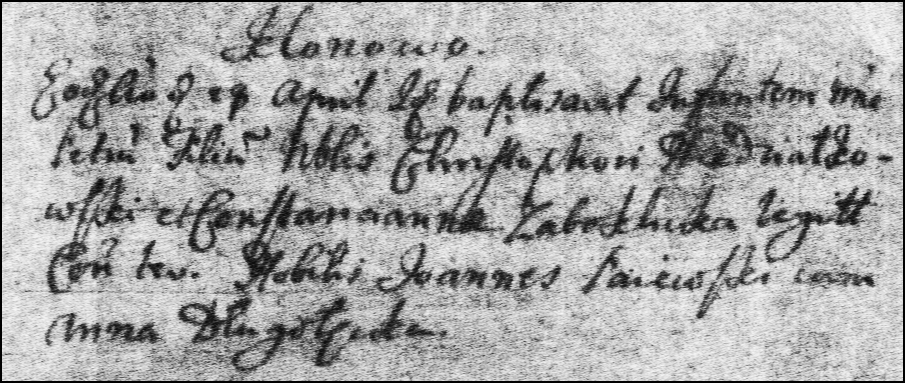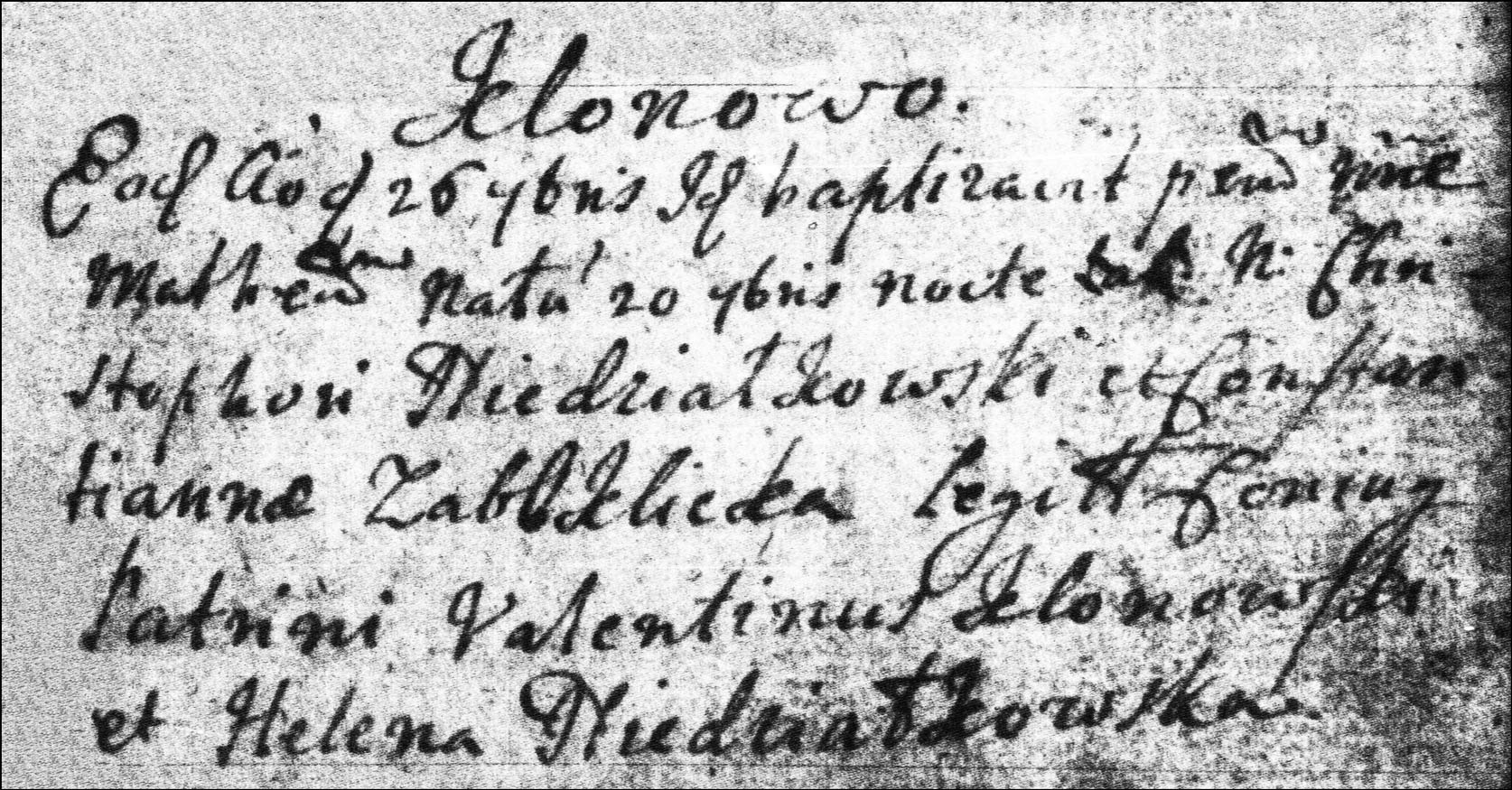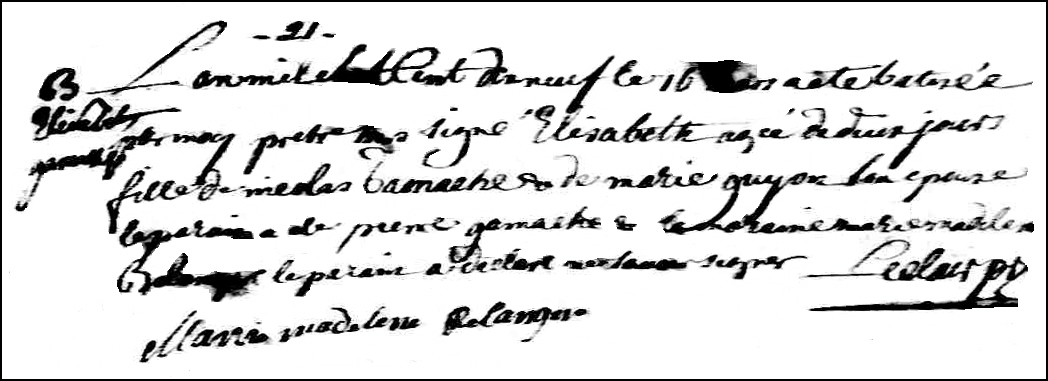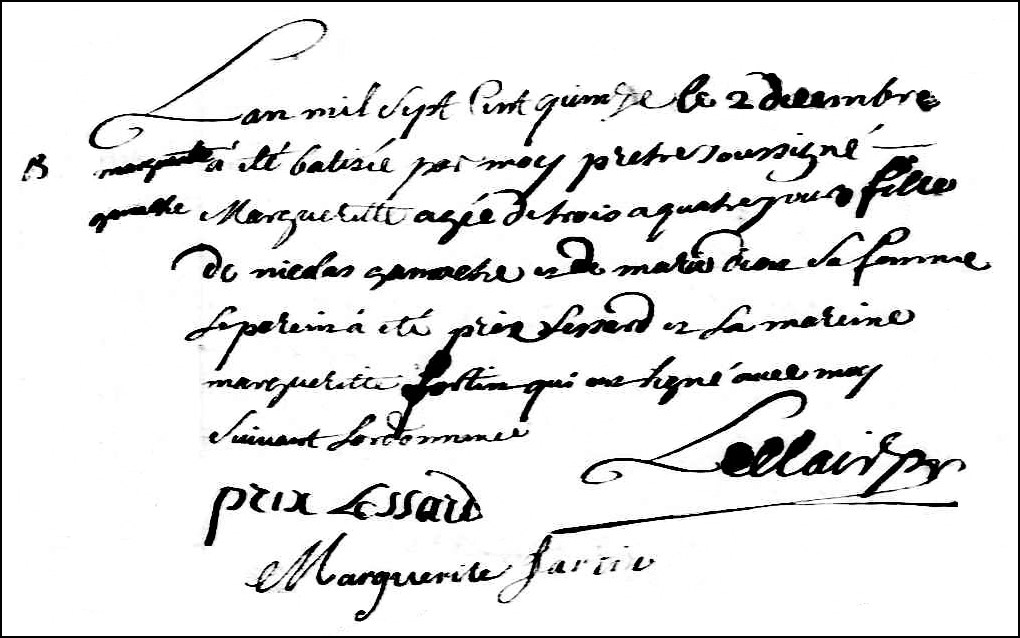Today, Paula Stuart Warren presented four lectures at the Fall Seminar of the San Mateo County Genealogical Society. This was my first opportunity to meet Paula in person, although I’ve enjoyed reading her articles and she is familiar with my blog. Paula is a wonderful lecturer. She has an easy-going style and it was clear during her presentations that she was well prepared, indeed.
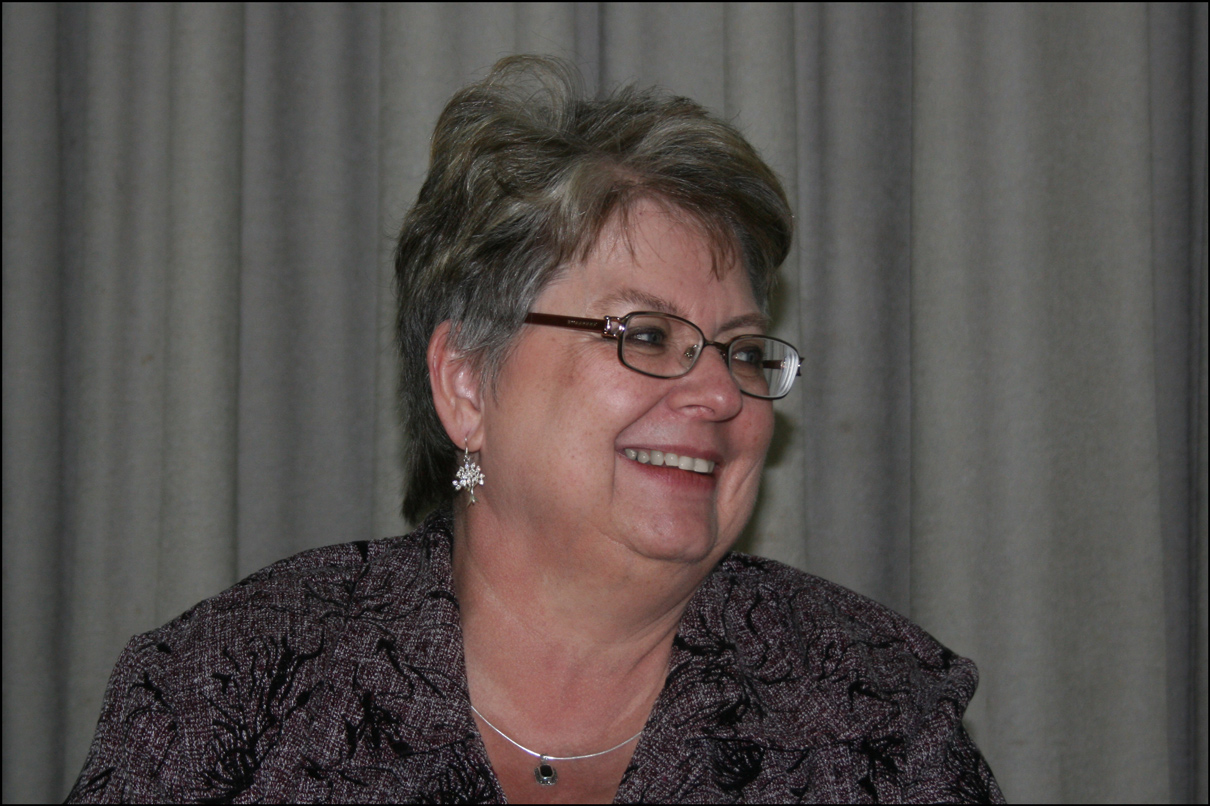
Paula Stuart Warren
SOURCE: Paula Stuart Warren (San Mateo, San Mateo County, California). Photographed by Stephen J. Danko on 15 Nov 2008.
The Three Rs: Reading, ‘Riting, and Research in School Records
Paula’s first lecture on “The Three Rs: Reading, ‘Riting, and Research in School Records” discussed the variety of school records available to the researcher. These include student records, minutes of meetings, registers of receipts and disbursements, teachers’ certificated, teachers’ contracts, related associations, school bulletins, school censuses, yearbooks, school newspapers, lists of course textbooks, grades, attendance registers, diaries and journals, scrapbooks, and library books purchased and checked out.
The information on students included in these records include ages and birth dates, names of parents, grades received, days attended, previous schools, and conduct.
Information on teachers includes where they were educated, degrees and certificates attained, amounts they were paid, previous assignments, and information about conduct/warnings. Researchers may also find brochures from events, architectural drawings, oral histories, artifacts, photos of events, building, and people, and athletic equipments.
Repositories of school information include state and local archives, state and local historical societies, online catalogs, school offices, special collections, the Family History Centers, ArchiveGrid, and the National Union Catalog of Manuscript Collections (NUCMC).
Tho’ They Were Poor, They May Have Been Rich in Records
Paula’s second lecture was “Tho’ They Were Poor, They May Have Been Rich in Records” in which she discussed the records that may have been left by those who were poor, experienced disaster in their lives, or may have sought assistance in their lifetimes.
Crop failures, divorce, desertion, or death may have convinced people to swallow their pride and get help from churches, charities, wealthier citizens, settlement houses, or the government.
Sources such as census records, school records, military records, naturalization records, land records, court records, and tax lists may provide information on the poor and indigent.
The 1880 US Federal Census includes supplementary schedules of the Defective, Dependent, and Delinquent. Records of widows’ homes, orphanages, Home Children, guardianships, commitments, and pensions may all include information on the poor.
Many of the poor may have chosen military service as a way to find relief. Records such as pension applications, applications for support of wives and children, and records from soldiers’ homes may supplement service records for those in the military.
Historic city directories may include information about the societies and charitable organizations in a locality and may, in turn, lead to other records.
The WPA Era: What It Created for Genealogists
In her third lecture, “The WPA Era: What It Created for Genealogists”, Paula discussed the records generated by the WPA in the 1930s and 1940s.
The Works Progress Administration (1935) and the Work Projects Administration (1939), together referred to the as WPA, was a New Deal Era program to provide government-sponsored jobs in post-depression America. The Administration involved various levels of government to provide records of immense value to genealogists.
The records created include oral interviews, census indexes, ward maps, passenger arrival indexes, family histories, indexes to county histories, and indexes to birth, marriage, and death records. In addition, the WPA generated lists of manuscripts at libraries, cemetery information, newspaper indexes, newspaper clippings, and inventories of records at county courthouses and churches.
Where Are Those Records They Told Me to Check?
Paula’s final lecture was entitled “Where Are Those Records They Told Me to Check?” but, unfortunately, I had to miss this lecture due to other commitments.
Fortunately, Paula provided a detailed syllabus for all her lectures and, later this evening, I will study the portion of the syllabus for this lecture.
I’m sorry I missed it, because this lecture dealt with a common situation – a researcher hears or reads about an exciting new source of information that may help break down brick walls – only to realize that he or she has no idea where to find or how to obtain those records.
Copyright © 2008 by Stephen J. Danko


